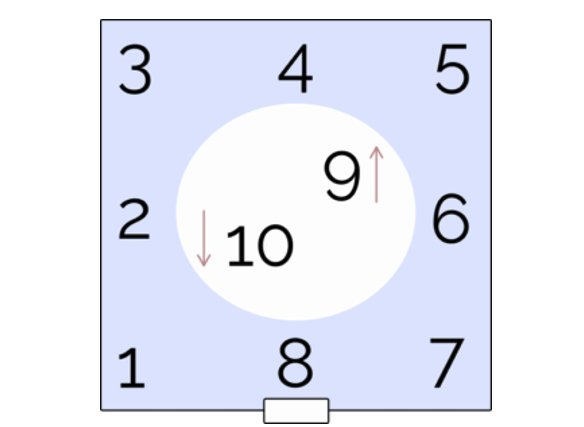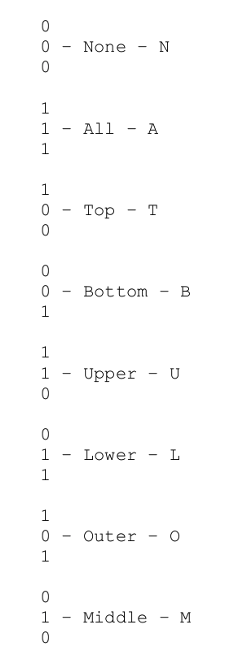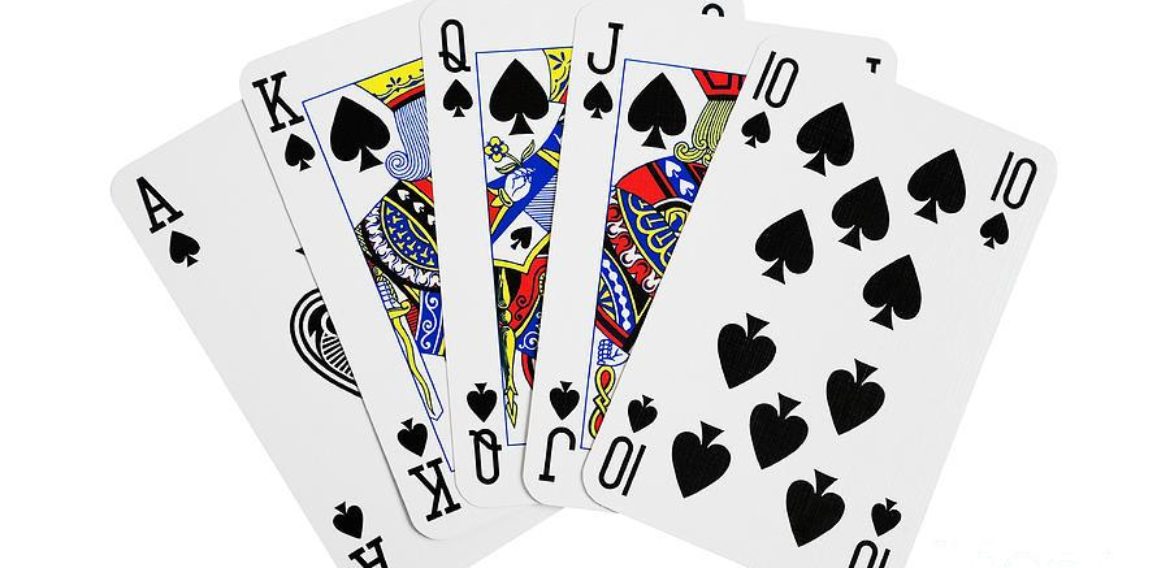- Comfort
- Light
- Grey
- Dark
Learn How To Memorize Playing Cards
The Memory Technique :
This technique can be used to memorize any type of binary data. The order of red and black in a deck of playing cards is a fun way to introduce people to it, but the technique can also be used to memorize a limited number of binary numbers. A person might be able to memorize 60 binary digits on a first or second attempt, since this version of the technique uses 6 digits/cards per location and 10 locations in a memory palace.
The Memory Palace :
The first thing to do is create a “memory palace” — also known as “mind palace” if you’ve seen the TV show,Sherlock. You can do this on the spot with the Nook & Cranny Method. Just look around the room that you are in and choose 10 locations in the room in order. The way I do it is to start at the door and go clockwise around the room:
- near left corner
- left wall
- far left corner
- far wall
- far right corner
- right wall
- near right corner
- doorway (where you are standing when forming the journey)
- ceiling
- floor

Roman room for nook & cranny method
You will store the information in these locations of the memory palace.
Encoding the Information :
[Note: to make the tutorial easier to understand, some of this section was rewritten in May, 2017.]
If you have three pieces of information and two possibilities for each piece of information (zero or one, black or red) there are only eight possible combinations. Below are the eight combinations with their names.
To remember the key, I think of the zeros and ones as a light switch. If the light is on (red), it’s a 1; if the light is off (black), it’s a zero. You can reverse it if you prefer as long as you’re consistent.
Notice that the patterns can be grouped in pairs:
- 111 = All
- 000 = None
- 100 = Top
- 001 = Bottom
- 110 = Upper
- 011 = Lower
- 010 = Inner
- 101 = Outer
It may help to rotate the groups so that you can see how they are “top” or “bottom”. Here is “top” rotated correctly:
1
0
0
So if your top card is red, and the next two cards are black, then you have a “top” pattern.
Here is a diagram with all of the rotated patterns — I’ll explain the letters shortly:

Fanning Through the Cards :
Hold the cards facing you and go through them from top to bottom. In the example below, the cards are read from right to left, because we are looking at the cards from top to bottom: Inner and Lower. If you fan the cards differently, just remember that you are trying to match the card colors with the rotated patterns above, going from top to bottom.
If you are memorizing binary numbers, those cards are equivalent to 010 and 011 — Inner (I) and Lower (L).
This is where the letters come into the picture. Pick two persons, animals or objects that begin with the same letters as the patterns. So “inner” would be “i” and “lower” would be “L”.
For the letter “i” I might choose something like an iguana. For the letter “L” I might choose a lemon. The images should be visualized in your mind.
Here are some pre-made images for all of the possible patterns — feel free to change them if you prefer different images:
- Top => T => taxi or a top
- Bottom => B => bear
- Upper => U => unicorn
- Lower => L => lemon
- Outer => O => otter
- Inner => I => iguana
- All => A => apple
- None => N => narwhal
Placing The Images :
The next step is to place the images in your memory palace. For Inner and Lower (the first six cards in the image above), I chose images of “iguana” (inner) and a “lemon” (lower).
To preserve the sequence of the mnemonic images, always place them in a consistent order within your mind, such as: left-to-right and/or top-to-bottom. To remember that the iguana comes before the lemon, visualize the iguana to the left of the lemon or on top of it.
The image of the iguana with the lemon gets placed in the first location of your memory palace. In the example memory palace above, the first location of the palace is the near left corner of whatever room you happen to be in. The locations in the memory palace are placed as if you were standing in the doorway.
After placing the first two images (six cards) in your memory palace, move to the next location in your memory palace and place two more images. Continue until you go through the entire deck.
When you finish placing the images in your memory palace, try recalling the cards by looking at the images in your palace and translating them back into patterns and then colors.
This technique works for any kind of binary data, including strings of random binary digits like this: 1101000110110111010101.
There are several people in our forum who can memorize over 1,000 random binary digits in five minutes. If you want to try memorizing very long binary numbers (more than 100 at a time), check out our guide to advanced binary number memorization systems.
The Actions: Funny, Obscene, Shocking :
The weirder a mnemonic image, the more memorable it will be. Things that are funny, obscene, shocking are memorable. You don’t have to tell anyone what your images were, so be creative.
Tips :
- Be consistent: one image per chunk of data, and two images per location.
- Remember to preserve the order by arranging the images from left to right, top to bottom, or other method that makes sense to you.
- Visualize the images. These techniques work because visual memory is very strong.
- Be aware of the direction that you start in. I recommend having the deck facing you, and starting with the the cards closest to you.
- Give it a try (or teach it to someone), and let me know your experiences in the comments below.
By : Ron HALE-EVANS



 العربية
العربية
No Comments